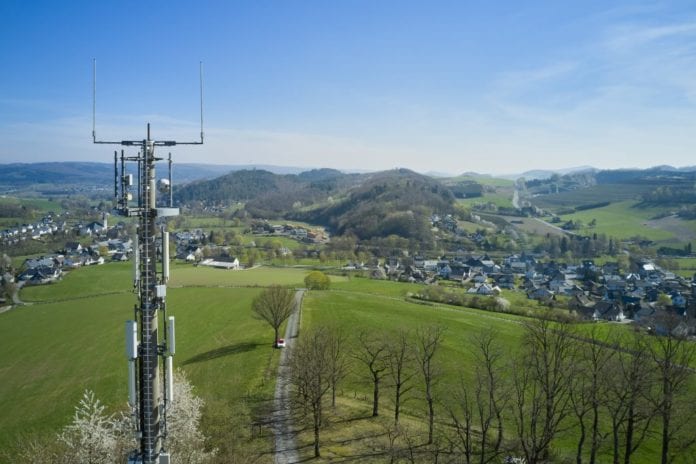Germany operator Vodafone said it has activated 2,200 new 5G base stations at 800 locations across the country, the telco said in a release.
The telco’s technicians have deployed this new infrastructure at nearly 300 towns and cities in Germany.
The telco noted that with this recent activation, 5G technology is now available to more than 20 million people across Germany.
“Despite the difficult starting conditions, we are really stepping on the gas with the expansion. Germany now occupies a top position in Europe for 5G and our network continues to grow,” said Vodafone Germany CEO Hannes Ametsreiter.
In 2019, Vodafone activated what it claimed to be the first 5G network in Germany, with the aim of providing 10 million people with 5G by the end of 2020 and 20 million by the end of 2021. Both targets have already been met, and so operator is now announcing a net target in terms of 5G coverage. “By the end of the year we will bring 5G to more than 30 million people and many companies in Germany,” said Ametsreiter.
In total, more than 7,000 5G antennas are now activated at almost 2,500 locations in the Vodafone network, the telco said.
For its 5G expansion in Germany, Vodafone is relying on 5G frequencies at 1.8 GHz in most locations — especially in cities — and also on 3.5 GHz spectrum.
Vodafone also uses frequencies in the 700 MHz band at individual locations to expand mobile communications in rural areas.
The German carrier is also using dynamic spectrum sharing (DSS) technology for its 5G expansion.
Vodafone initially launched its 5G network in Germany in 2019, on 3.5 GHz frequencies that it acquired from Telefónica in 2018.
Vodafone Germany acquired radio spectrum for 5G mobile networks at Germany’s Federal Network Agency for a total cost of 1.88 billion euros (currently $2.29 billion). It has secured 90 megahertz in the 3.6 GHz band and 40 megahertz of 2.1 MHz spectrum. The auction ended in mid-June and generated around 6.55 billion euros.
The German operator previously confirmed that it will continue to pursue a dual-vendor strategy for its networks, with gear from Chinese vendor Huawei and Sweden’s Ericsson.

